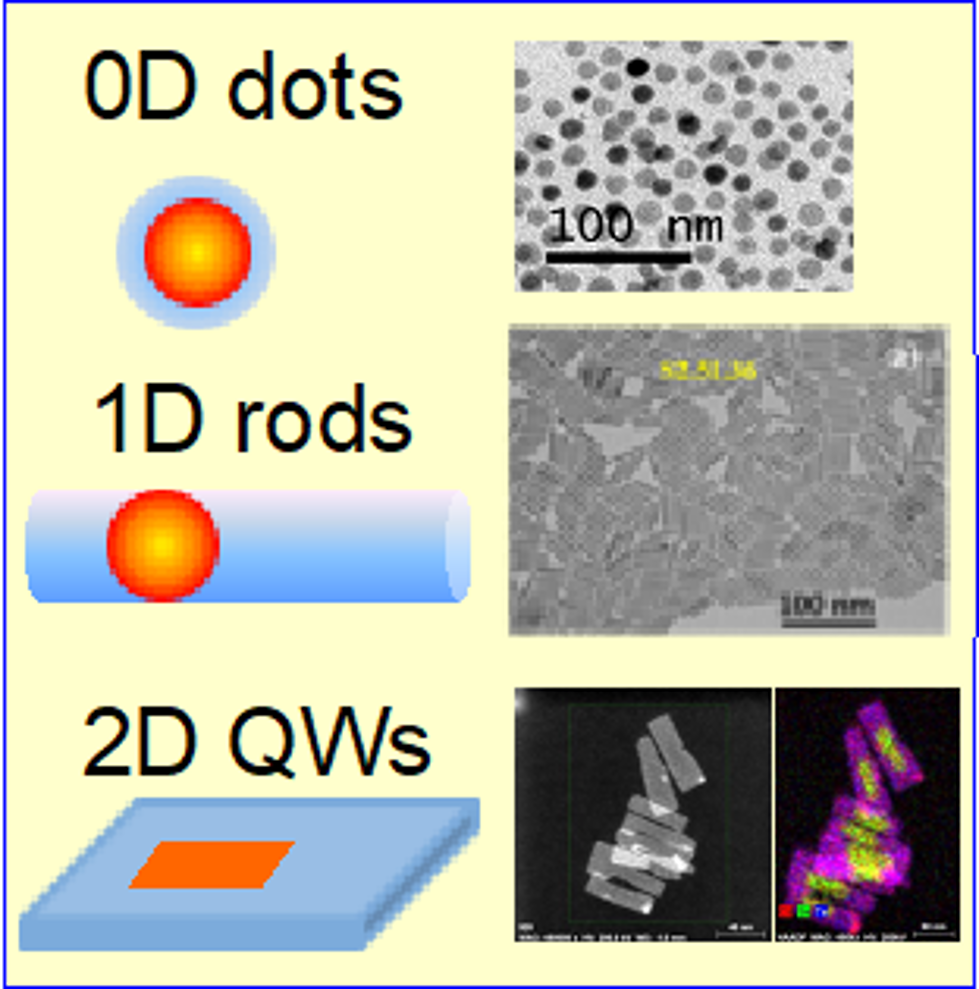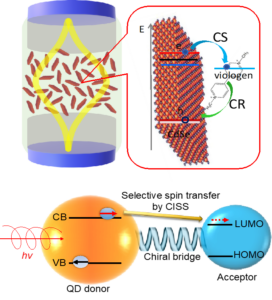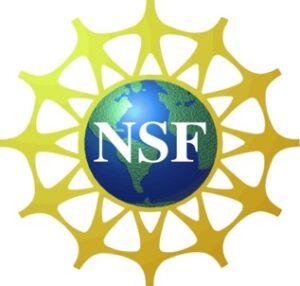Solution-processed colloidal quantum confined inorganic semiconductor nanocrystals combine the advantage of cost-effective and versatile productions of colloidal materials with superior optical, electronic and transport properties of inorganic semiconductor crystals. Their small sizes give rise to novel properties unachievable in bulk materials and allow additional tuning of material properties through the quantum confinement effect. The properties of these material can be tuned by the degree of quantum confinement in 0-dimensional (0D) quantum dots (QDs), 1 D nanorods (NRs) and 2D nanoplatelets (NPLs), by material composition, and by forming heterostructures of two or more material components. These emerging materials have found many potential applications, such as solar cells, lasers, LEDs and photocatalysis. In these applications, the material performance depends on the fundamental properties of excitons, including single and multiple exciton radiative and nonradiative decay, exciton and carrier transport, and interfacial energy and charge transfer. The long-term goal of this research project is to advance the fundamental understanding of exciton and carrier properties and their dependences on the size, dimensionality, morphology and chemical composition in novel nanomaterials and heterostructures.
Current research in this area is funded by NSF
The objectives of the current search projects are to advance the understandings of polariton mediated electron transfer (PMET) and chiral induced spin selectivity (CISS) effect in photoinduced ET from quantum confined semiconductor NCs. Specifically, we aim to
a) directly measure ET from cavity polariton states formed in NC-molecular acceptor complexes and test theoretical models by examining the effect of polaritons on ET driving force, coupling strength and reorganization energy;
b) advance the understanding of the CISS effect in photoinduced ET in NC-chiral bridge-acceptor complexes by studying how the transfer rates of the optically generated spin polarizations depend on the chiral bridge handedness and how the ET rate asymmetry factors for different spin/chirality combinations change with chiral bridge length and temperature.



